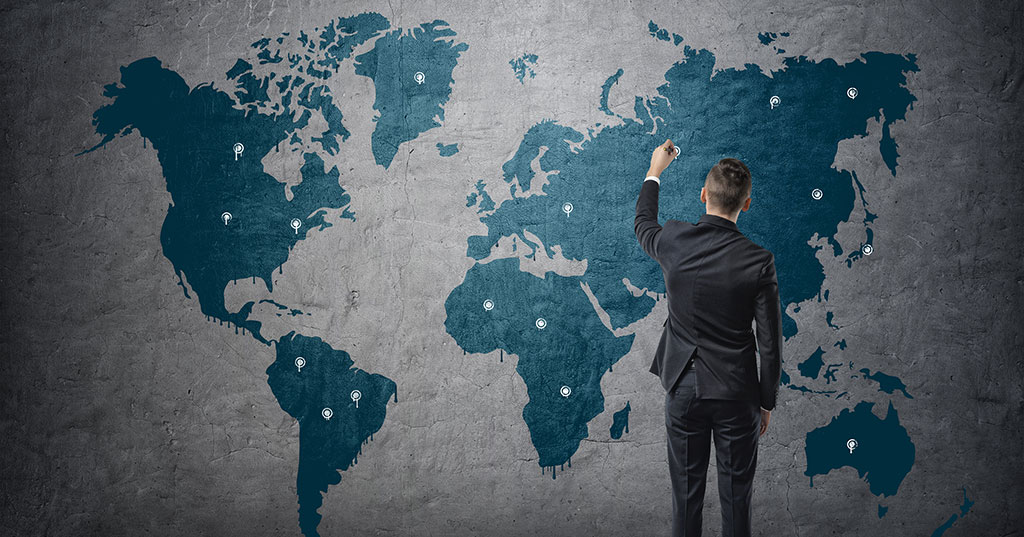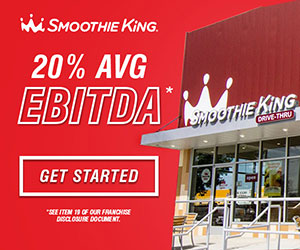Taking Your Brand Abroad?

Note: This is part 1 of an excerpt from Franchise Management for Dummies, by Michael Seid and Joyce Mazero.
Kay Ainsley, managing director of MSA Worldwide, is recognized as one of the leading authorities on international franchising because of her experience as a franchisor, with MSA's clients, and from her international leadership within the IFA.
She provides this thought: "I have seen too many franchisors expand internationally too early or before they were prepared and have watched them fail unnecessarily. You don't begin to offer franchises overseas simply because you receive a call from someone in Dubai or some broker has convinced you that you can make some quick cash. You franchise internationally only when you are ready and only after you have developed a well-thought-through and validated plan that you can adapt based on each country's unique requirements."
When you begin to give serious thought to international franchising, here are some of the points that you should consider, says Ainsley:
Your products and services. What changes to your products and services, if any, will you need to make so that customers in the foreign market want to buy your products and services? What is the availability and cost of qualified local labor? What kind of spending power or discretionary income do local consumers have? Is your supply chain adequate to ensure that your international franchisees' needs are met?
Consider cultural and local market tastes in making your move overseas. For example, in India, cows are observed as sacred within the Hindu culture. You probably won't offer a beef-based menu in this local market, where a great deal of the population does not eat beef and would be offended if you offered it.
Although modifications for the local market will be needed, be careful about making significant changes to your system too willingly or too quickly. Your products and services have been successful based on your current consumer offering and system. With the world growing smaller and smaller, consumers in foreign markets often want an authentic American offering. Some franchisors will remind you that modifying their products and services for the local market too early was a mistake as the consumer was looking for that authentic American experience. Other franchisors regret not making sufficient accommodations for local tastes and customs.
Local economic issues. You need to examine a market's trade barriers or other local risks (such as government approvals and restrictions, corruption, government instability, high unemployment, excessive employee benefits, rampant inflation, and high tax rates). You could use published market intelligence reports to distinguish which markets are easiest and most difficult for you to enter. For example, use resources like Transparency International, a nonpartisan database that indexes political and corporate corruption activity throughout the world. You can also use information in The World Factbook published by the Central Intelligence Agency.
Will the franchised business be affected by restrictive U.S. or local laws? For example, the U.S. Department of the Treasury has an Office of Foreign Assets Control (OFAC), which administers and enforces economic and trade sanctions. OFAC maintains a list of countries and specific individuals that may restrict with whom, in what country, or for which types of products and services a U.S. person can transact business. Addressing these types of issues before considering overseas operations will help you avoid a high-risk, yet low reward, market scenario.
Supply chain and logistics. Are you able to identify and use local suppliers? If not, and you have to ship goods to your international franchisees from the U.S., what unique supply chain costs will you incur? For instance, how expensive is shipping? Will you encounter issues related to transporting perishables? Are there any special labeling or packing requirements? Will you run into import and export issues inside the market you are shipping to? How long will it take to get the products there? Will you or the local franchisee need to establish logistics arrangements for warehousing and transportation? Be sure to flag these issues and analyze whether there are better ways to solve the supply chain challenges and who will pay for these supply chain costs, as they can add up quickly.
Internal buy-in. Do you have buy-in from your management team? Have you shared your plans with your domestic franchisees? Do you have the internal personnel and resources to locate, conduct investigation on, interview, travel to meet, and obtain references on potential international franchisees? Will there be an orientation and onboarding program for new franchisees in place? What part of your recruiting and support program can be outsourced to a third party and what part do you need to do yourself? Consider how undertaking an international expansion plan could impact your brand culture internally and with your domestic franchisees. For example, if you become less attentive to your domestic franchisees in enforcing system standards or executing innovative marketing programs, you risk weakening the very base that positioned you for international franchising. Avoid giving your domestic franchisees the perception that you have forgotten about them.
Next time: Deal structure, translation issues, training and support, local laws, and legal and other transactional costs.
Share this Feature
Recommended Reading:
Comments:
comments powered by Disqus| ADVERTISE | SPONSORED CONTENT |
FRANCHISE TOPICS
- Multi-Unit Franchising
- Get Started in Franchising
- Growth
- Operations
- Open New Units
- Leadership
- Marketing
- Technology
- Legal
- Awards
- Rankings
- Trends
- Featured Franchise Stories
| ADVERTISE | SPONSORED CONTENT |
$300,000
$250,000




 The multi-unit franchise opportunities listed above are not related to or endorsed by Multi-Unit Franchisee or Franchise Update Media Group. We are not engaged in, supporting, or endorsing any specific franchise, business opportunity, company or individual. No statement in this site is to be construed as a recommendation. We encourage prospective franchise buyers to perform extensive due diligence when considering a franchise opportunity.
The multi-unit franchise opportunities listed above are not related to or endorsed by Multi-Unit Franchisee or Franchise Update Media Group. We are not engaged in, supporting, or endorsing any specific franchise, business opportunity, company or individual. No statement in this site is to be construed as a recommendation. We encourage prospective franchise buyers to perform extensive due diligence when considering a franchise opportunity.